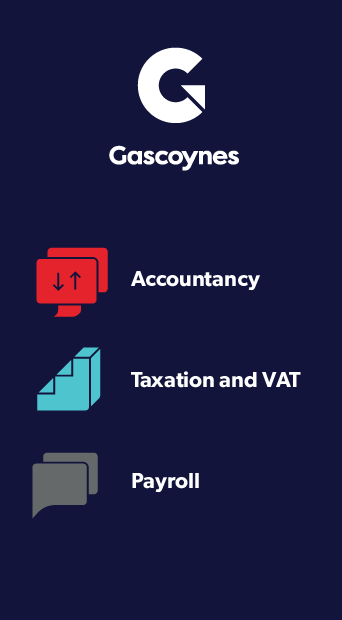Tax return special
As self assessment tax returns for 2018/19 will soon be on the agenda, there are some key developments to keep in view.
Directors’ tax returns
The question of whether HMRC has been right to require all company directors to file a self assessment tax return has prompted debate at tax tribunals over the years.
In a welcome move, HMRC has clarified its guidance. The correct position is that company directors whose income is taxed at source, and who have no further tax liability, do not need to complete such a return. Many directors however, will receive dividends as well as salary from their companies. Where there are dividends in excess of the dividend allowance (currently £2,000) there will usually be an additional tax liability to collect under self assessment, and a return will be required as usual.
Should you receive a notice to file, and consider that you have no other taxable income, please do talk to us straight away. In these circumstances, it would usually be appropriate to request that the notice to file is withdrawn, but it is important to act within time limits. We are always happy to assist with any of the administrative complexity involved in running your company.
Residence matters
Taxpayer status broadly depends on where someone’s main residence is located, and now that both Wales and Scotland have devolved powers over taxes, taxpayers within the UK are classified as having Welsh, Scottish or rest of UK (rUK) taxpayer status.
It is important that HMRC gets any taxpayer residence correct. At present, overall income tax rates and bands in Wales are the same as in rUK, but this is not the case with Scotland. An error in Scottish taxpayer status therefore has the potential to create the wrong tax liability. So too could incorrectly classifying a Welsh or rUK taxpayer as Scottish.
A problem with HMRC computer systems in this regard has surfaced during the year. This has led to some Scottish taxpayers being wrongly classified as having rUK status, and some rUK taxpayers wrongly being given Scottish status. It is still not completely clear how this has happened, but HMRC may have been overwriting addresses reported on self assessment tax returns with details already held on file.
There are also reports of problems with the issue and correct application of Welsh tax codes. Welsh PAYE taxpayers should have a C code, just as Scottish taxpayers have an S code. HMRC believes that there may be some initial issues with employer payroll software applying C codes incorrectly. In some cases, Welsh taxpayers have been charged tax at Scottish rates. HMRC intends to check the system and reissue C codes over the next few months if there is a discrepancy between the code on its system and the code applied by employer software.
There are two subsidiary points to note. HMRC systems usually identify taxpayer residence from postcode information. Where someone is on its system as having, say, a Welsh postcode, they are flagged as a Welsh taxpayer. But postcode information will not always produce the correct result. Firstly, the address that you choose to use for HMRC may not in fact reflect your Scottish or Welsh tax residence. This could be the case where you have a correspondence address – for example, if you live or work abroad for a while. It could also apply if you have more than one residence. In these circumstances, HMRC may be at particular risk of making an error. Secondly, if you have more than one residence, the capital gains tax private residence election does not determine income tax status for Scottish and Welsh income tax.
Change of address
If you want to notify a change of residential address to HMRC – wherever in the UK you live – HMRC suggests it is best reported via the personal tax account (PTA) bit.ly/2VUH07b As outlined above, it would certainly seem unwise to rely on the self assessment tax return providing effective notification of a change of address.
Employers should make sure that employees are aware of the importance of HMRC having their correct address. They need not just to alert you, the employer, to a change of address, but to use the PTA to tell HMRC as well.
Date of birth
HMRC has indicated another problem area, where dates of birth reported on self assessment tax returns fail to match data it already holds. What currently happens in these circumstances is that the information from the tax return is used to overwrite other HMRC records. The tax return date of birth is used as input for at least 16 other government systems, such as state pension records. Date of birth can also be used as part of the security procedure when a taxpayer phones HMRC, or wants to access their digital tax account. It is clearly very important that the tax return provides the correct detail to prevent HMRC applying the wrong information across the board.
As HMRC’s operations become increasingly digital, teething problems with computer systems like these do seem likely to occur. Please be assured that we will be particularly vigilant on your behalf during the completion of your returns this year.




